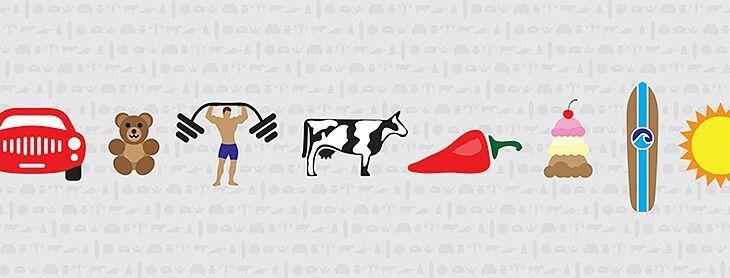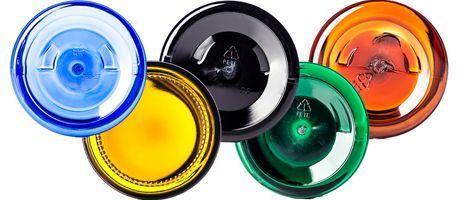Three effective rules to follow when packaging in different hemispheres


Hisao is from Tokyo. He likes to rock out to X Japan and his favorite snack is condensed milk cake packaged in a to-go pouch. Emma is from Los Angeles. She's STILL jamming to Nsync and has never once eaten from a to-go pouch in all her privileged life. When the eastern and western hemispheres collide, cultural chaos ensues.
Marketing a uniformly packaged product to people of contrasting walks of life can be challenging. Packaging Digest's Adam Wooten sheds some light on the subject in, Packaging a matter of taste for global cultures. Here are three things to consider when building your product's multicultural appeal.
1. Size
People want a bang for their buck. A bulky container will always win over a smaller counterpart, even if the labeled capacities are the same. Even Campbell's struggled to promote their condensed (and smaller packaged) soup against larger packaged brands in the UK. A sleek can allows for more storage space in the pantry, but might not seem like enough to fill the bellies of a family of four. Consider what the size of your product's packaging communicates to all potential audiences.
2. Shape/Style
Consumers learn a lot about an item based on the shape and style of the packaging. When a product strikes a chord with an audience the consumers are doing more than buying the product, they're embracing the packaging. Changing a good's appearance once it's been accepted is a risky move. Wooten shares how a Dutch company's success with African consumers suddenly plummeted when the company substituted their standard tin can packaging for a less expensive alternative. It turns out the consumers not only trusted but invested in the packaging, using the containers for other purposes after finishing the product.
3. Color
Neon green pants convey an entirely different message than standard blue jeans. Color is one of the most influential and communicative aspects of product packaging (read our posts on this here and here). Keep in mind that a purple packaged product may be wholly accepted in Europe but rejected by Asian nations, all based on each culture's implied meaning of the color.
Hisao creates origami masterpieces with his eyes closed, but luckily, for Emma's sake, Asian to-go boxes aren't as complicated. The moral of the story is that the most attractive packaging doesn't guarantee mass success. Remember that geography-based cultures and norms come into play when perfecting product packaging with worldwide appeal. Feeling inspired? Browse through our product catalog and visit our design page to get started.
From your perspective, what products best embody international charm? Be the first to comment!




